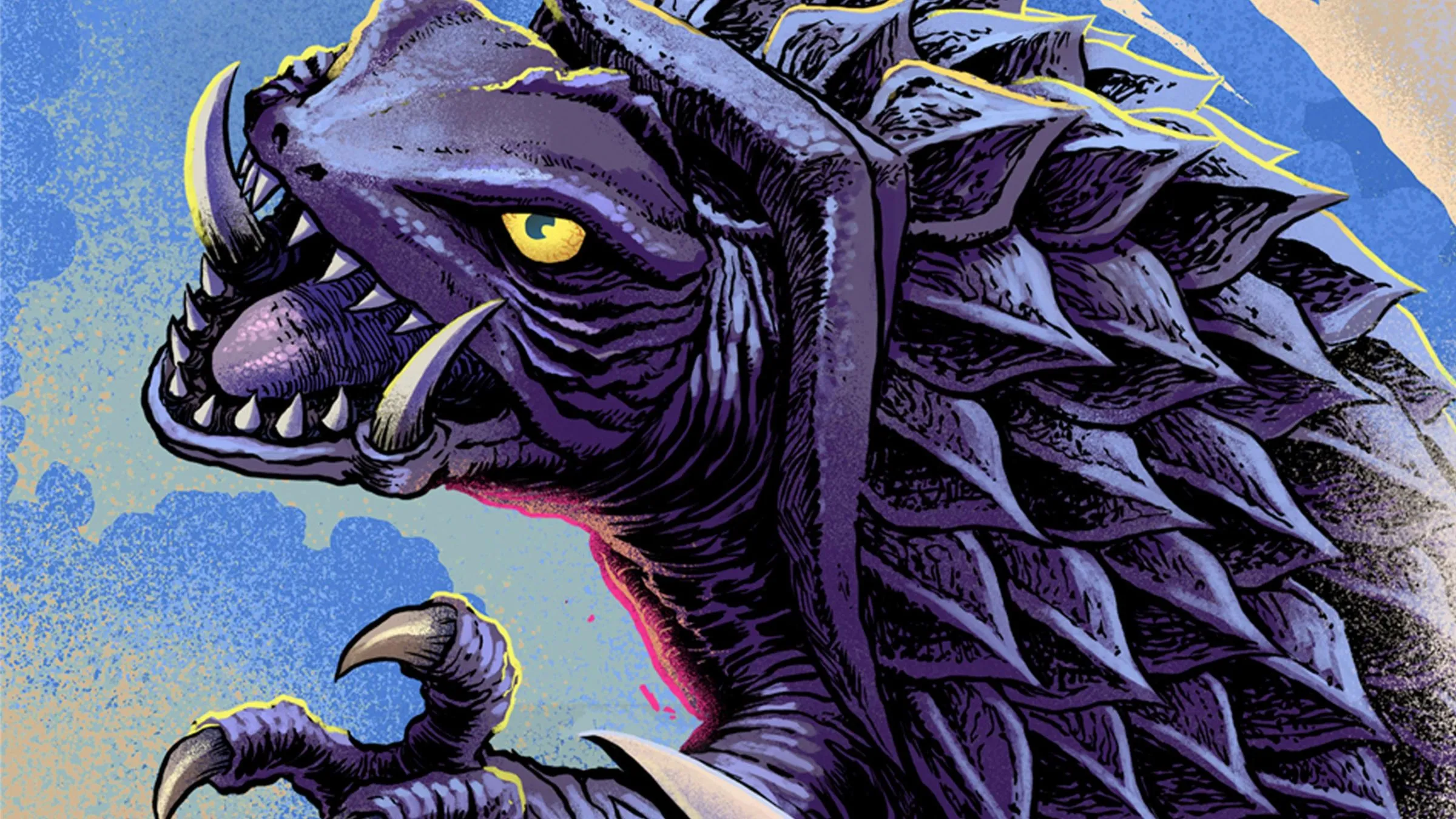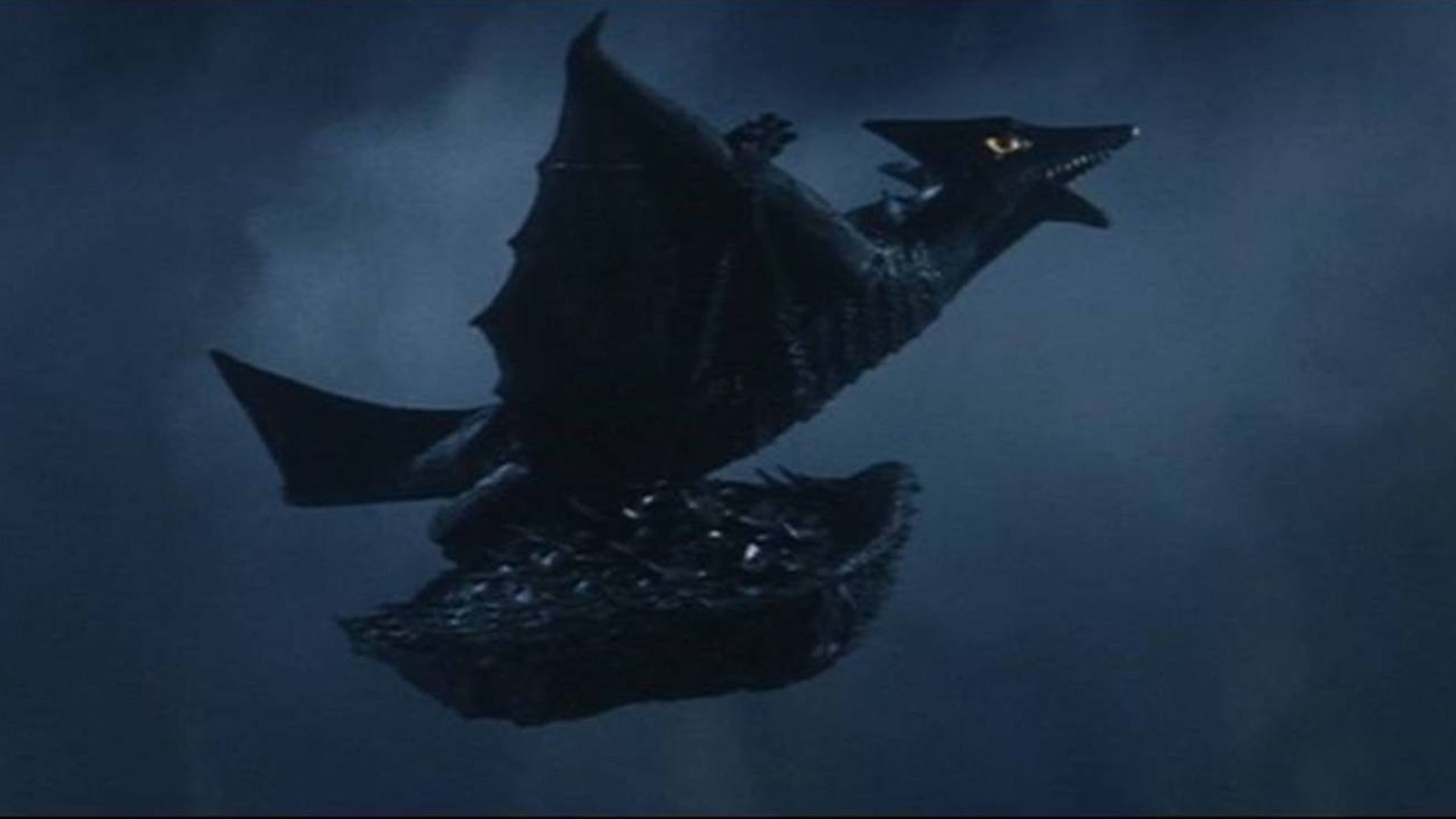
Gamera, a truly great giant monster alongside Godzilla and King Kong, first appeared in 1965, eleven years after the original Gojira film. He quickly established himself as unique. Even in his first movie, a classic monster-attacks-Tokyo story, Gamera showed a different side. He’s notably kinder, particularly towards children – he’ll even risk danger to protect them, like moving a child away from falling debris. This isn’t a developed trait; it’s simply part of his character from the very beginning. In contrast, a scene in Gojira shows a mother desperately comforting her children, telling them they’ll soon see their father, implying a tragic fate. While the actual impact isn’t shown, the grim outcome is clear.
For years, many monster fans have dreamed of seeing Gamera, the beloved, fire-breathing turtle, battle Godzilla. While it would be an exciting matchup, it’s probably not going to happen. The best chance for that crossover would have been during the Heisei era, when Toho produced both Godzilla and Gamera movies. Good news for fans of those older films: all four Heisei-era Gamera movies, plus eight from the Shōwa era, are now available on Prime Video. However, you’ll need a Netflix subscription to watch the 6-episode series, Gamera Rebirth.
The Shōwa Era

The Gamera films made during the Shōwa period were tonally inconsistent, and didn’t always succeed. However, their wild shifts between silly humor and surprisingly graphic violence are actually a big part of what makes them enjoyable.
From 1965 to 1971, the first seven Gamera films of the Shōwa era were released annually. However, the eighth and final film, released much later in 1980, was a quickly made, low-effort production designed to capitalize on the series, and it ended with Gamera’s death.
The first three Gamera films – Gamera, the Giant Monster, Gamera vs. Barugon, and Gamera vs. Gyaos – are classic monster movies. The original introduces Gamera, showing off his fire-breathing and ability to retract into his shell and even fly. Notably, it’s the only Gamera film shot in black and white, a rarity shared by only the first two Godzilla movies (though Shin Godzilla and Godzilla Minus One have since been re-released in black and white).
In Gamera vs. Barugon, Gamera battles a horned monster—similar to Toho’s Baragon, which debuted the previous year in Frankenstein Conquers the World—that emerges from a stone and fires rainbow beams from its back. Gamera vs. Gyaos introduces an opponent that would become Gamera’s equivalent of King Ghidorah, largely because people are more afraid of giant monsters than ordinary bats. Turning a bat into a massive kaiju instantly makes it a serious threat.
Starting with these films, the Shōwa Gamera series shows its limited budget more clearly, though the monster battles remain enjoyable. The fourth movie, Gamera vs. Viras, features a rather silly squid-like creature, and the fifth, Gamera vs. Guiron, pits Gamera against the menacing Guiron, a knife-headed monster who is similar to Gigan in other franchises. Overall, these two films are fairly average in quality.
Things really pick up with Gamera vs. Jiger, featuring a bizarre scene where the enemy lays an egg inside Gamera’s lung! And, staying true to the series, it’s not medical professionals who save the day by removing the baby monster with a mini-sub, but two kids. It’s completely wild, but a refreshing change of pace.
That brings us to Gamera vs. Zigra, which features a cool shark monster but clearly suffered from a very low budget. Even so, it looks like a masterpiece compared to Gamera: Super Monster. This film was essentially made to help the studio, Daiei, pay off its debts, but it failed. The movie is only 92 minutes long, and a whopping 90% of it consists of recycled footage. It was a terrible way to end Gamera’s run… though thankfully, it wasn’t the end for good.
The Heisei Era

The Heisei era of Godzilla films was very good, but it didn’t feel drastically different from the earlier Shōwa era. Gamera, on the other hand, saw a huge improvement – a complete transformation, really.
The Gamera trilogy ( Guardian of the Universe, Attack of Legion, and Revenge of Iris) released between 1995 and 1999 boasts production quality and storytelling that many consider superior to the Godzilla films of that era. Unlike the older Godzilla movies, these Gamera films are genuinely compelling even for viewers unfamiliar with the kaiju genre, offering strong character development and real emotional stakes. The trilogy also has a satisfying structure, with the recurring presence of Gyaos connecting the first and last films.
While Gamera the Brave came out seven years after Gamera 3: Revenge of Iris and feels a bit extra (especially since the baby Gamera never appeared again), it’s still an enjoyable watch. If you’ve been enjoying the Gamera films, it’s worth checking out on Prime Video.
Read More
- The Most Jaw-Dropping Pop Culture Moments of 2025 Revealed
- Ashes of Creation Rogue Guide for Beginners
- ARC Raiders – All NEW Quest Locations & How to Complete Them in Cold Snap
- Best Controller Settings for ARC Raiders
- Where Winds Meet: How To Defeat Shadow Puppeteer (Boss Guide)
- Ashes of Creation Mage Guide for Beginners
- Where Winds Meet: Best Weapon Combinations
- Berserk Writer Discuss New Manga Inspired by Brutal Series
- Eldegarde, formerly Legacy: Steel & Sorcery, launches January 21, 2026
- Bitcoin’s Wild Ride: Yen’s Surprise Twist 🌪️💰
2025-11-06 22:43